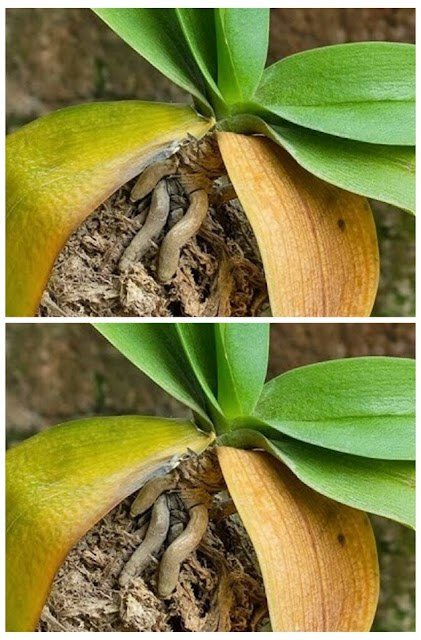ADVERTISEMENT
Orchids require consistent moisture, but they don’t like to sit in water. Here’s how to give your orchid the hydration it needs:
- Watering: Water your orchid thoroughly once every 7-10 days, ensuring the water runs out of the drainage holes at the bottom of the pot. Always allow the medium to dry out a bit between waterings. Orchids prefer slightly dry conditions rather than consistently soggy soil.
- Humidity: Orchids love humidity, so if the air in your home is dry, consider increasing the humidity around your orchid. You can do this by:
- Placing the orchid on a humidity tray filled with pebbles and water (but make sure the pot is not sitting in the water).
- Mist the leaves with water occasionally (but avoid getting water on the flowers or inside the crown of the plant, as this can cause rot).
- Alternatively, use a humidifier in the room where your orchid is placed.
6. Find the Perfect Light
Orchids need bright, indirect light to thrive. Too much direct sunlight can cause burnt leaves, while too little light can stunt their growth.
- Ideal location: Place your orchid near a bright, north or east-facing window. Avoid placing it in direct sunlight, as this can stress the plant.
- If you notice the leaves turning yellow or pale, it could mean your orchid isn’t getting enough light. On the other hand, burnt leaves or brown spots can indicate too much direct sunlight.
7. Patience and Care
Reviving an orchid can take time. After re-potting and providing the right conditions, your orchid may not bloom right away, but with proper care, it will gradually start to recover. Be patient—it can take anywhere from a few weeks to a few months for the orchid to show signs of new growth.
Additional Tips for Orchid Care
- Fertilizing: Orchids benefit from being fed with a diluted balanced orchid fertilizer once a month during the growing season (spring and summer). Avoid over-fertilizing, as this can stress the plant.
- Avoid overwatering: Orchids are susceptible to root rot if watered too frequently, so make sure to allow the soil to dry out between waterings.
- Avoid drafts: Orchids are sensitive to temperature changes, so keep your plant away from drafty windows, air conditioning, or heat sources.
Conclusion: Your Orchid Can Bloom Again!
Reviving a dry orchid whose flowers have withered may seem like a daunting task, but with the right care and attention, your orchid can make a full recovery and bloom again. By trimming the roots, re-potting in fresh medium, adjusting your watering and humidity, and providing the proper light, your orchid will have the best chance at thriving.
Remember, patience is key—orchids can take time to bounce back, but with the right environment, you’ll soon see new growth and vibrant flowers once again. Happy gardening, and may your orchids bloom beautifully! 🌸✨
